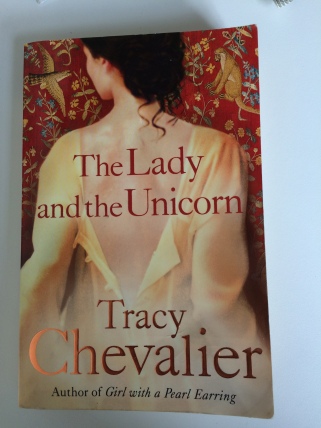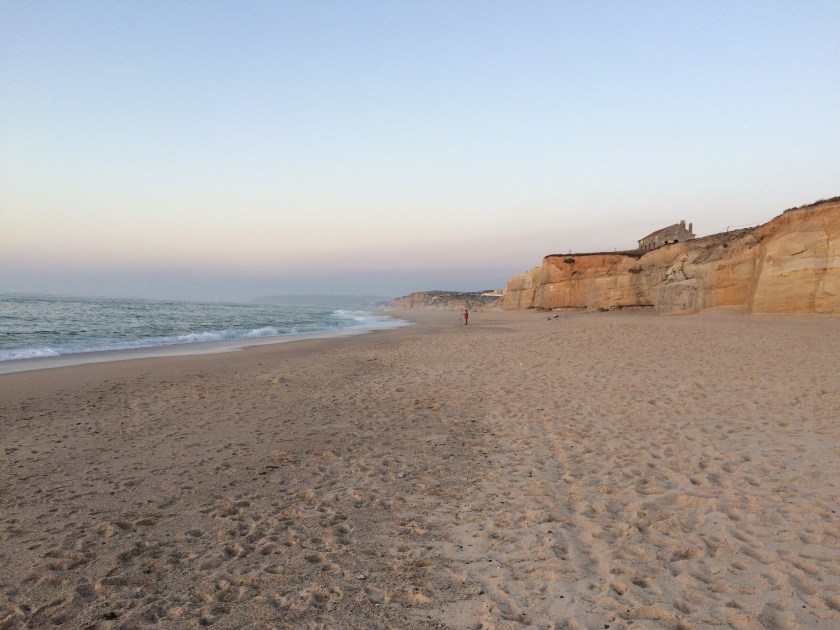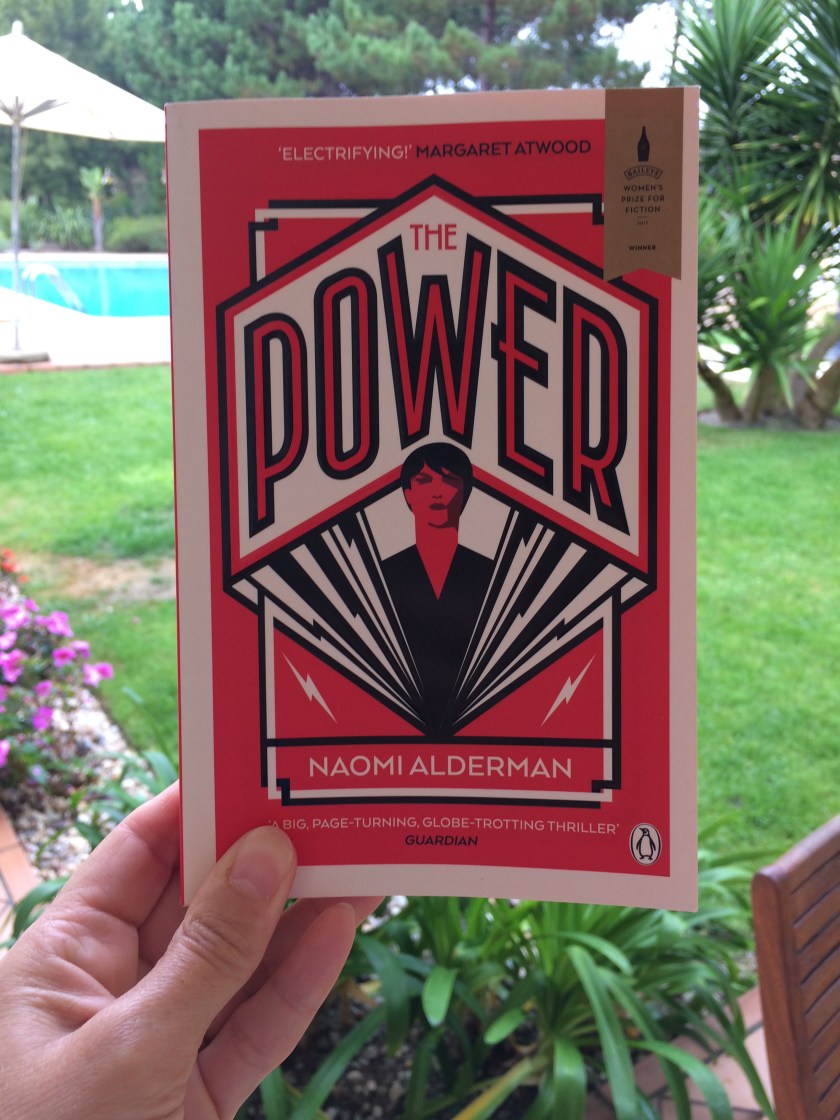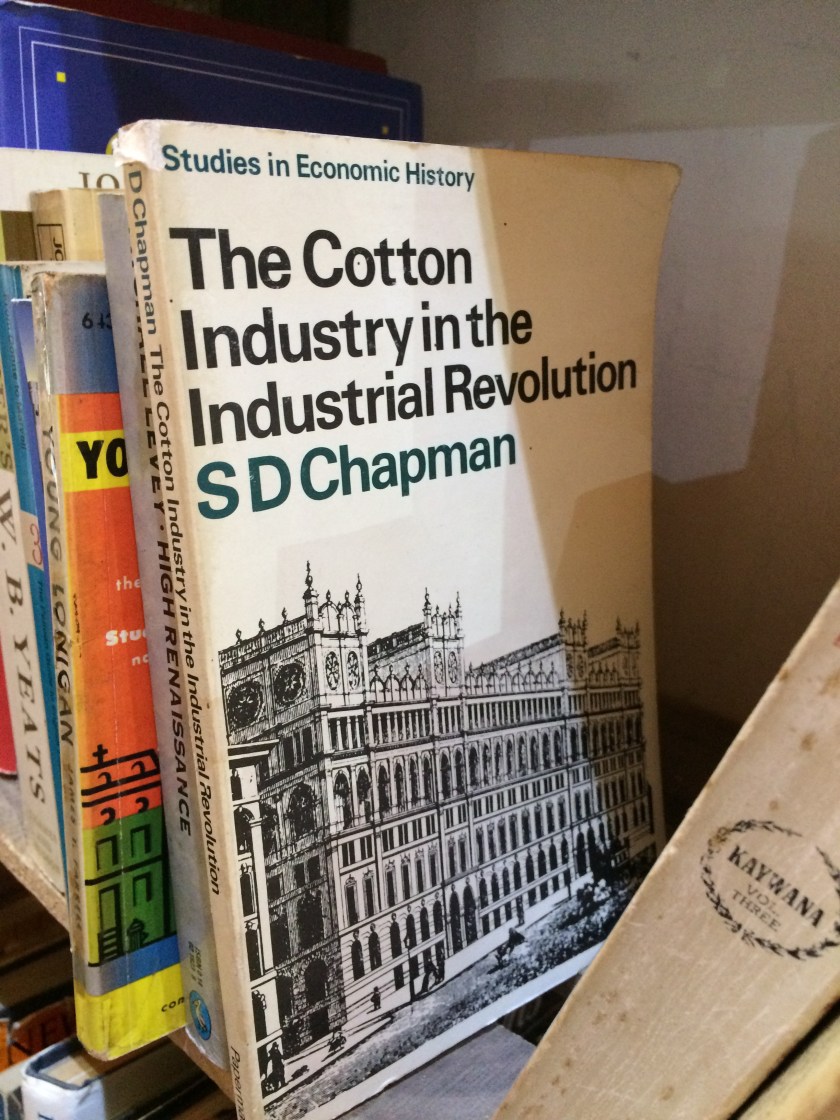Tracy Chevalier’s second novel Girl with a Pearl Earring was published in 1999 (really, it was that long ago!) and was a sensation. I remember reading it at the time and was bowled over. It was made into a film starring Scarlett Johansson and Colin Firth in 2004. I’m afraid to say that I have not read any of Tracy’s subsequent work and until now would not have been able to name any of her nine other books (although I love the look of New Boy, published this summer, and recommended it just a few weeks ago).
 I picked up The Lady and the Unicorn at the secondhand book stall at my youngest daughter’s school summer fair and read a large chunk of it whilst there. It would not normally have caught my eye on a bookshelf as the cover is more suggestive of a cheap sexy romance (nothing wrong with that if that’s your thing!), but I was very quickly drawn into the world that Chevalier evokes, as she also did so brilliantly in Girl with a Pearl Earring.
I picked up The Lady and the Unicorn at the secondhand book stall at my youngest daughter’s school summer fair and read a large chunk of it whilst there. It would not normally have caught my eye on a bookshelf as the cover is more suggestive of a cheap sexy romance (nothing wrong with that if that’s your thing!), but I was very quickly drawn into the world that Chevalier evokes, as she also did so brilliantly in Girl with a Pearl Earring.
The novel is set in Paris and Brussels in 1490-92. Parisian nobleman Jean Le Viste wants an impressive tapestry in his home, a way of showing off his wealth, status and fine taste. He commissions local artist Nicolas De Innocents to paint a design which will then be turned into a tapestry by specialist weavers in Brussels. The subsequent story is about Nicolas’s travels between the two cities, the time he spends in Brussels with the family of weavers and the effect the work has on all their lives.
It’s a very simple premise and you would be forgiven for wondering how a full-length novel could be strung-out from this. Like Girl with a Pearl Earring, it’s the characters, their motivations, their internal lives and the relationships between them that drive the narrative. Here, Nicolas des Innocents is the central figure. He is young, virile, charismatic and mischievous. In Paris, he threatens to destabilise the Le Viste family when the youngest daughter Claude falls for his charms (he has already seduced the maid!), but socially, he is an outsider, a class well below his employer, and thus it is important he is kept at arm’s length. In Brussels, he penetrates the family more deeply as he needs to work alongside the weavers to design the various features of the tapestry and to help realise these in the final product. Nicolas the charmer develops a close bond with the weaver’s blind daughter. I’ll leave it at that – no spoilers here!
The book is written from several perspectives, with each chapter narrated by different characters. This allows us as readers to observe the events of the story from a number of viewpoints. It’s a sexy novel, there are simmering passions throughout (to that extent the suggestive cover on my copy is not far wrong!). It provides an insight to the issues of the period – honour, social status, the role and standing of women, as well as the process of creating a tapestry and the meaning behind all the imagery – and Chevalier has a brilliant talent for bridging the past and the present and showing us that in many ways day to day concerns remain the same throughout the ages. I particularly like how the author marries her skills for story creating into some bare facts about a real tapestry (it does exist) and real people. This is what she did in Girl with a Pearl Earring too, of course.
Whilst this novel clearly did not make the same splash as Chevalier’s more famous earlier book, it’s a good read and I would recommend it. Glad I found it on that book stall!
Have you read any of Tracy Chevalier’s books?
If you have enjoyed this post, I’d love for you to follow my blog. Let’s also hook up on social media.


 This ancient fortress up on a hill is a potted Portugese history lesson. It’s fabulous and from here you can get a panoramic view of the city. You take the antique Tram 28 to reach it. Aside from the main site I recommend the tour of the ancient archaeological area (above, where they have found evidence of habitation as far back as the Iron Age) which is generally under-attended, and is fascinating because you get to see and understand exactly how people have lived in and used the fortress over the centuries.
This ancient fortress up on a hill is a potted Portugese history lesson. It’s fabulous and from here you can get a panoramic view of the city. You take the antique Tram 28 to reach it. Aside from the main site I recommend the tour of the ancient archaeological area (above, where they have found evidence of habitation as far back as the Iron Age) which is generally under-attended, and is fascinating because you get to see and understand exactly how people have lived in and used the fortress over the centuries.















 I have chosen On Chesil Beach by Ian McEwan, which was published in 2007. I suspect it has been languishing unread on my shelf for a number of years! The cover is, arguably, not particularly summery, showing a young woman walking along Chesil Beach in Dorset, at what looks like dawn, but could possibly be twilight. For those of you unfamiliar with Dorset, Chesil beach is a unique natural feature of the area. Geographically, it is known, I believe, as a tombolo. It is a 20 mile stretch of shingle beach that lies in a long, fairly straight line from Abbotsbury (near the swan sanctuary) to the Isle of Portland in Dorset. Whilst it is connected to the land at each end, it sits apart from the main beach along its length, creating a kind of lagoon which is a haven for bird life.
I have chosen On Chesil Beach by Ian McEwan, which was published in 2007. I suspect it has been languishing unread on my shelf for a number of years! The cover is, arguably, not particularly summery, showing a young woman walking along Chesil Beach in Dorset, at what looks like dawn, but could possibly be twilight. For those of you unfamiliar with Dorset, Chesil beach is a unique natural feature of the area. Geographically, it is known, I believe, as a tombolo. It is a 20 mile stretch of shingle beach that lies in a long, fairly straight line from Abbotsbury (near the swan sanctuary) to the Isle of Portland in Dorset. Whilst it is connected to the land at each end, it sits apart from the main beach along its length, creating a kind of lagoon which is a haven for bird life.